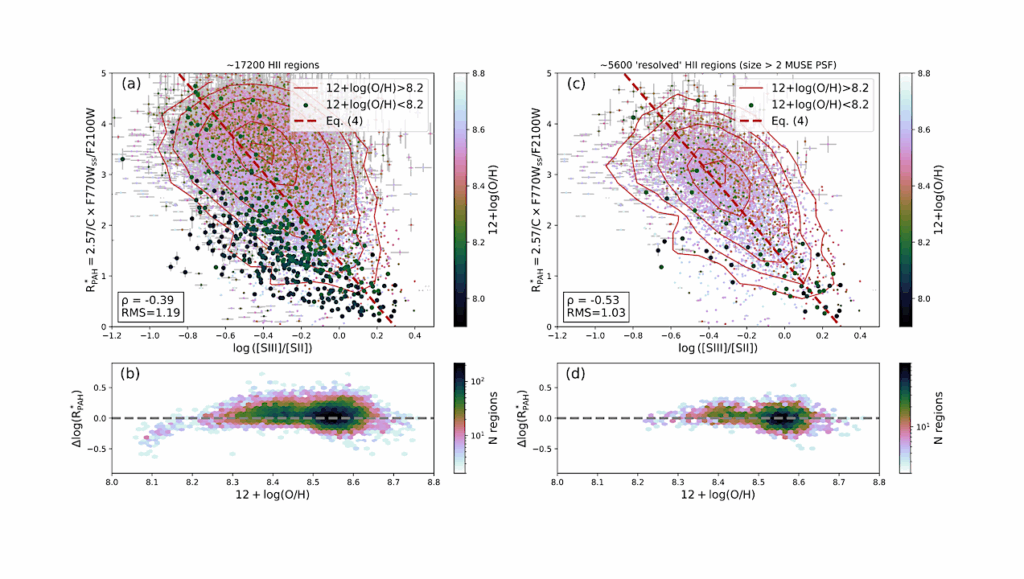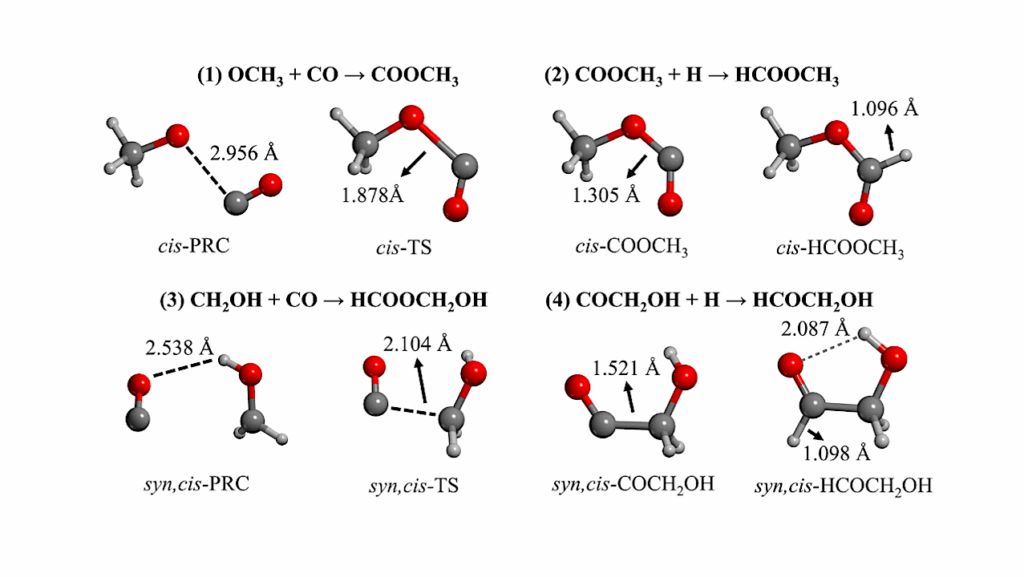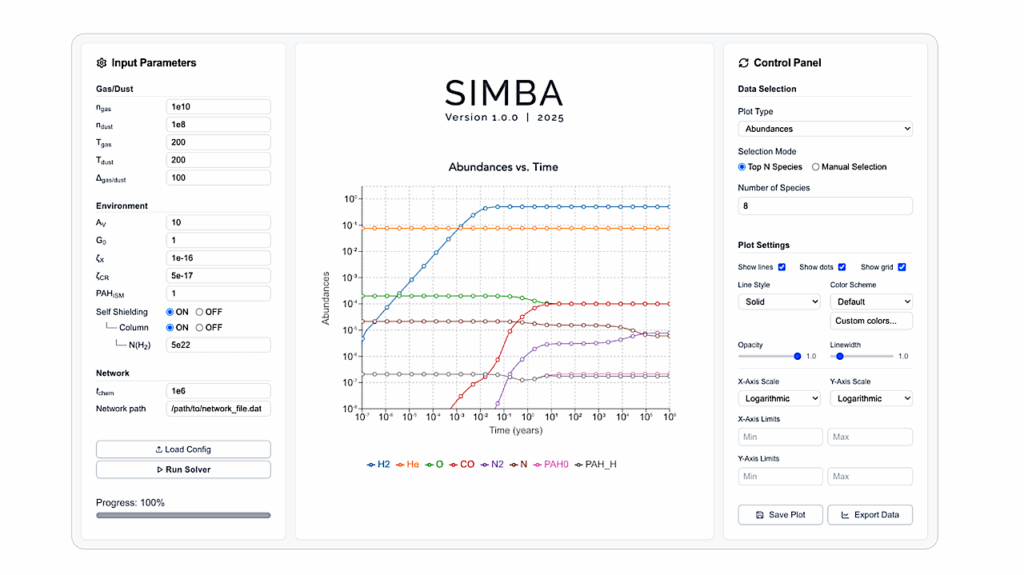Design and Implementation of a New Apparatus for Astrochemistry: Kinetic Measurements of the CH + OCS Reaction and Frequency Comb Spectroscopy in a Cold Uniform Supersonic Flow

We present the development of a new astrochemical research tool HILTRAC, the Highly Instrumented Low Temperature ReAction Chamber. The instrument is based on a pulsed form of the CRESU (Cinétique de Réaction en Écoulement Supersonique Uniforme, meaning reaction kinetics in a uniform supersonic flow) apparatus, with the aim of collecting kinetics and spectroscopic information on gas phase chemical reactions important in interstellar space or planetary atmospheres.
We discuss the apparatus design and its flexibility, the implementation of pulsed laser photolysis followed by laser induced fluorescence (PLP-LIF), and the first implementation of direct infrared frequency comb spectroscopy (DFCS) coupled to the uniform supersonic flow. Achievable flow temperatures range from 32(3) – 111(9) K, characterising a total of five Laval nozzles for use with N2 and Ar buffer gases by pressure impact measurements. These results were further validated using LIF and DFCS measurements of the CH radical and OCS, respectively.
Spectroscopic constants and linelists for OCS are reported for the 1001 band near 2890−2940cm−1 for both OC32S and OC34S, measured using DFCS. Additional peaks in the spectrum are tentatively assigned to the OCS-Ar complex. The first reaction rate coefficients for the CH + OCS reaction measured between 32(3) K and 58(5) K are reported. The reaction rate coefficient at 32(3) K was measured to be 3.9(4)×1010cm3molecule−1s−1 and the reaction was found to exhibit no observable temperature dependence over this low temperature range.
Daniel I. Lucas, Théo Guillaume, Dwayne E. Heard, Julia H. Lehman
Comments: The following article has been submitted to The Journal of Chemical Physics. After it is published, it will be found at this https URL Copyright 2024 Daniel I. Lucas, Théo Guillaume, Dwayne E. Heard, and Julia H. Lehman. This article is distributed under a Creative Commons Attribution (CC BY) License
Subjects: Chemical Physics (physics.chem-ph); Instrumentation and Methods for Astrophysics (astro-ph.IM)
Cite as: arXiv:2405.18814 [physics.chem-ph] (or arXiv:2405.18814v1 [physics.chem-ph] for this version)
Submission history
From: Julia Lehman
[v1] Wed, 29 May 2024 06:55:36 UTC (1,521 KB)
https://arxiv.org/abs/2405.18814
Astrobiology, Astrochemistry,








